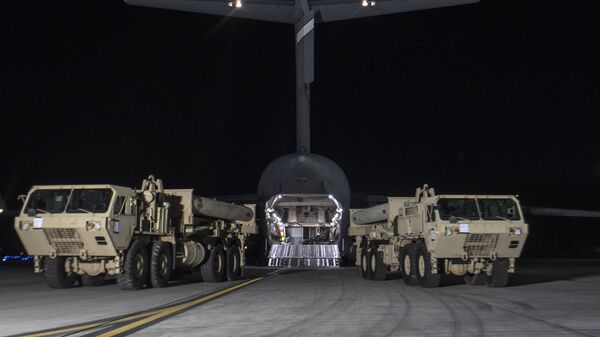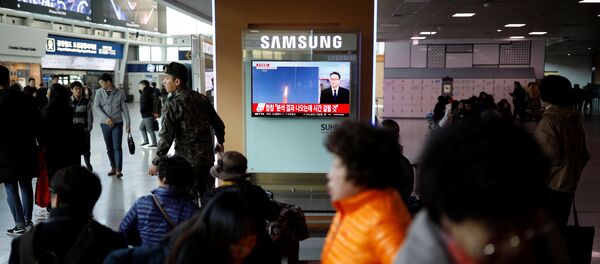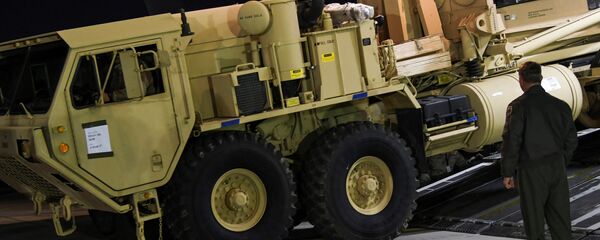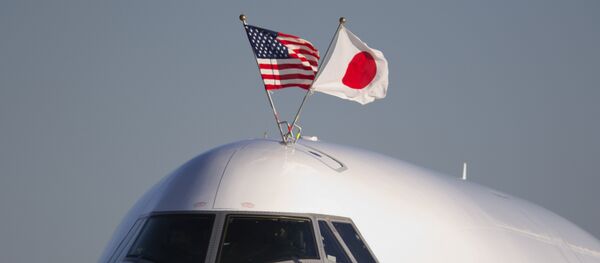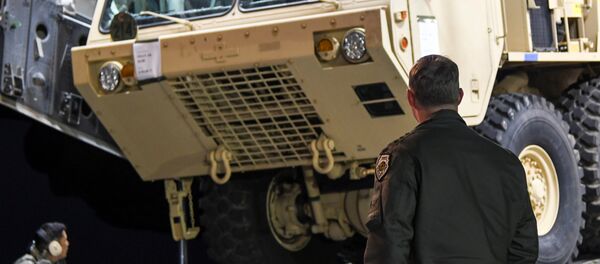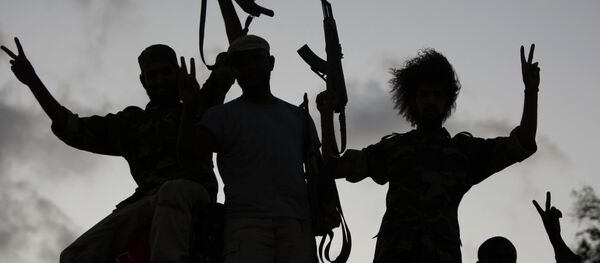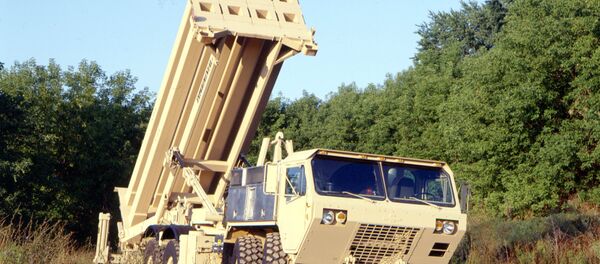North Korea’s latest moves have also led to talk in Japan for a “first-strike option” to complement Tokyo’s militant reinterpretation of its post-war (supposedly) pacifist constitution. Not to be outdone, the Trump Administration ominously reiterated that “all options are on the table”, which Reuters reports could include “a return of U.S. nuclear weapons to South Korea, and even pre-emptive air strikes on North Korean missile installations.” China has frantically sought to cool down the dangerously rising temperatures on the peninsula and kick start a new round of negotiations by wisely calling for the dual suspension of the North’s nuclear and missile tests in exchange for the US and South Korea putting their joint military exercises on hold.
High Stakes
All of the actors in Northeast Asia have significant stakes in the outcome of the Korean Crisis, not least of which is that they’d all like to avoid the worst-case scenario of a nuclear war. Here’s a brief look at the interests and agendas that the exclusively Asian countries are pursing, followed later by an examination of the US and Russia’s:
North Korea:
South Korea:
Just like the North, the South also wants to reunify the peninsula, albeit under capitalist leadership, and its latest moves are responses to what it perceives as (and is led by the US to believe is) the “North Korean” threat, ignorantly unaware of how its own actions play into and actually started this whole escalation cycle in the first place. In regional terms, South Korea endeavors to remain the pivotal economy wedged between its larger Chinese and Japanese neighbors, ideally retaining respectable and positive relations with each, but the country is inadvertently endangering its pragmatic and profitable high-level ties with China because of THAAD and strategically converging with Japan despite Seoul’s historical-territorial disputes with Tokyo (as per the US’ envisioned Northeast Asian NATO plans).
Japan:
China:
American Aims
While none of the exclusively Asian participants in the Korean Crisis want a hot war to break out, the US doesn’t necessarily have the same reservations despite having at least 80,000 troops stationed in total in Japan and South Korea, to say nothing of their many dependents (family, contract workers, etc.). The author isn’t suggesting that the US’ one and only goal is to spark a regional war, but just that it comparatively has the least to lose out of any of the countries involved (whether directly or indirectly), and that its military forces are more than capable of obliterating North Korea, although likely with substantial American casualties depending on how long and effectively Pyongyang holds out (which could include a suicidal last-ditch nuclear strike).
This would amount to skillfully utilizing Russia and China as the US’ ‘cat’s paws’ in handling North Korea, as all parties would by then have a large degree of common ground between them in working towards the same ends (restraining Pyongyang), whether together or separately, no matter which means they go about in attempting to do so (barring of course the unacceptable unilateral use of force by the US). There’s nothing wrong with multilateral cooperation on such a pressing regional security issue as North Korea, let alone one with such profound global implications, so the reader shouldn’t misinterpret this as necessarily being the author opposing this potential eventuality per se, but just that the US certainly has ulterior motivations in prompting this scenario in order to promote its own self-interests.
Russian Recourse to Prevent Divide And Rule
Moreover, the Korean Crisis is unfolding concurrently with the intensification of the existing containment proxy battlegrounds, with the Balkans boiling, the “Cerberus” coalition of the US-Israel-Gulf teaming up once more against Iran, and Myanmar slipping back into all-out civil war in parallel with Daesh ominously rising in the tri-border Mindanao-Sulawesi Arc between the Philippines, Malaysia, and Indonesia. Understandably, if the incipient Korean Crisis was paired with a Central Asian expansion of the Hybrid War on CPEC, then the entire supercontinent would be embroiled in destabilizing conflicts (or threats thereof), which would surely create the perfect divide-and-rule existential challenge for the emerging Multipolar World Order.
At the end of the day, since all Eurasian diplomatic roads lead through Russia nowadays and the solution to seemingly intractable conflicts like Syria and Afghanistan is being actively discussed in Moscow, there’s no reason why Russia shouldn’t be at the center of organizing multilateral efforts aimed at resolving the Korean Crisis too and simultaneously strengthening its own “Pivot to Asia.”
The views expressed in this article are solely those of the author and do not necessarily reflect the official position of Sputnik.
